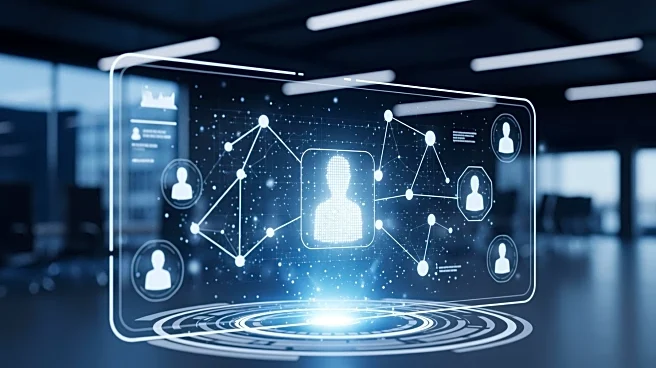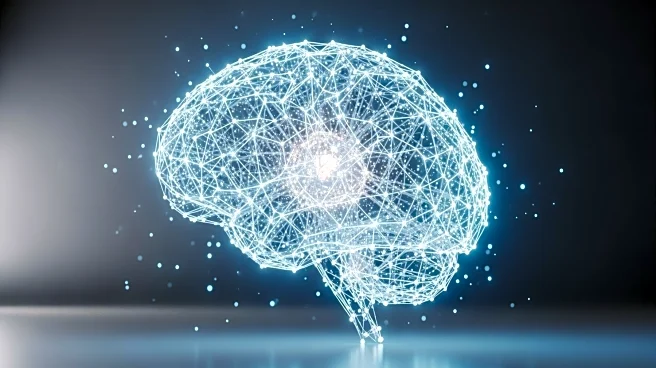What's Happening?
The integration of artificial intelligence (AI) into government operations is reshaping leadership dynamics, requiring a shift from traditional command-and-control models to more adaptive, sense-and-respond approaches. AI-driven tools are rapidly learning
and deploying, outpacing conventional planning processes. This continuous evolution demands leaders to interpret complex signals from both human and algorithmic sources. The AI era introduces unpredictability, as models generate novel insights that cannot always be forecasted, necessitating a culture of continuous learning. Employees face cultural tensions as they adapt to working alongside algorithms that influence, assist, or evaluate their performance. AI optimizes processes by identifying inefficiencies and automating routine tasks, allowing human teams to focus on strategic and creative work. Predictive analytics enhance decision intelligence by assessing readiness, anticipating resistance, and recommending interventions. AI-powered sentiment analysis aids leaders in gauging morale and engagement, enabling real-time communication adjustments.
Why It's Important?
The integration of AI into government leadership is significant as it transforms traditional change management frameworks into dynamic, data-driven ecosystems. This shift challenges established assumptions, requiring permanent flexibility and adaptive ecosystems where learning, feedback, and governance are constant. AI accelerates decision-making cycles, introduces automated reasoning, and alters human roles, demanding new workflows, accountability structures, and skill requirements. Leaders must navigate complexity through evidence rather than instinct, fostering trust, transparency, and psychological safety. Ethical considerations are paramount, as bias and inequity can infiltrate AI models, making AI governance a core element of organizational culture. Successful change management in the AI era involves co-adapting human and machine capabilities, ensuring organizations remain responsive rather than reactive.
What's Next?
As AI continues to reshape government leadership, organizations must manage AI-driven transitions by clarifying responsibilities, addressing ethical concerns, and governing data use. Traditional change programs must evolve into ongoing oversight and adaptation. Leaders are tasked with curating dynamic ecosystems that learn, adapt, and thrive on change. The focus shifts from planned transformation to continuous co-evolution, treating change as an ongoing process rather than a finite project. Maintaining humanity amid automation is crucial, with AI augmenting rather than replacing human wisdom. Trust, transparency, and psychological safety are essential for employees to question systems and learn without fear. The measure of successful change management in the AI age is not controlling change but gracefully co-adapting to it.
Beyond the Headlines
The deeper implications of AI integration in government leadership include ethical challenges and the need for AI literacy among leaders. Understanding AI's impact on human behavior, trust, and morale is critical. Leaders must grasp AI's workings to question its recommendations and communicate transparently about decision-making processes. Collaboration across multidisciplinary teams, including 'AI translators,' is vital to bridge data science and operations. AI acts as both a compass and a coach, helping leaders navigate complexity through evidence. The new dynamic demands leaders who can think systemically, act ethically, and learn continuously, fostering an environment where people and machines evolve together.













